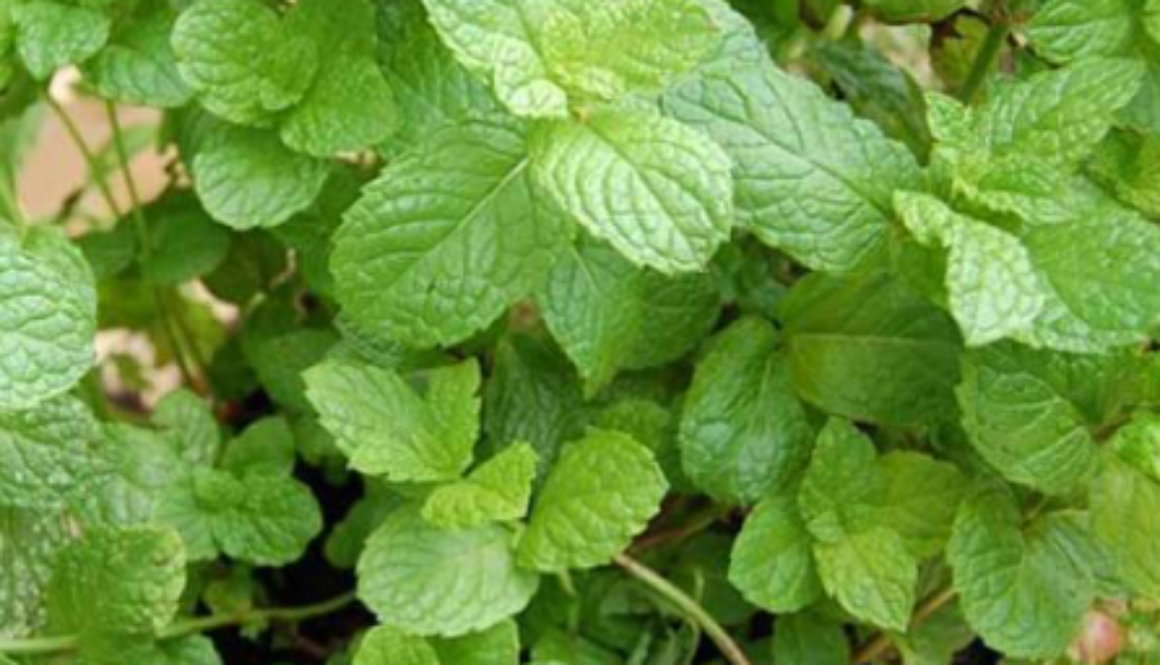Mint
Mint, belonging to the genus Mentha, is a fragrant herbaceous plant renowned for its refreshing aroma and culinary versatility. Originating from the Mediterranean region, mint has been cultivated for thousands of years for its culinary, medicinal, and aromatic properties.
Part Used: The leaves of the mint plant are the most commonly used part for their aromatic and medicinal properties. Rich in essential oils, particularly menthol, mint leaves impart a cool, refreshing flavor and scent. These leaves are harvested fresh or dried and used in a variety of culinary dishes, teas, and herbal remedies.
Usage: Mint is widely used in culinary applications to add flavor and freshness to dishes. It is commonly used in salads, beverages, desserts, and savory dishes, imparting a delightful minty taste. Mint leaves are also used to make refreshing herbal teas, known for their soothing properties and digestive benefits. Additionally, mint essential oil is used in aromatherapy to invigorate the senses, alleviate headaches, and relieve nausea.
Agrotechniques: Cultivating mint is relatively easy, as the plant is adaptable to various growing conditions. Mint thrives in well-drained soil and partial to full sunlight, although it can tolerate some shade. The plant spreads rapidly through rhizomes, so it’s best to grow mint in containers or confined spaces to prevent it from overtaking the garden. Mint can be propagated from seeds, but it’s more commonly grown from stem cuttings or division of established plants. Regular watering and occasional fertilization promote healthy growth and abundant foliage. Pruning may be necessary to control growth and prevent legginess. Overall, mint is a low-maintenance herb that adds flavor and freshness to culinary dishes and herbal remedies alike.

